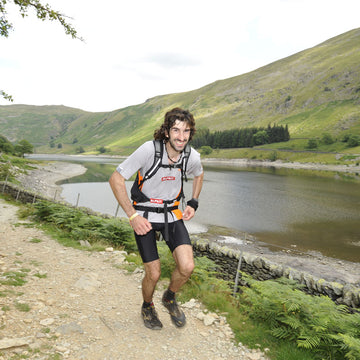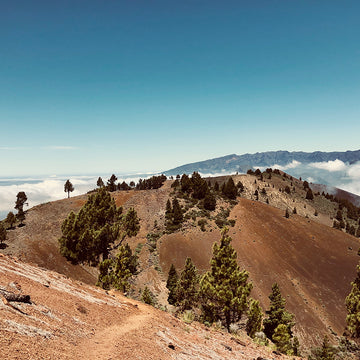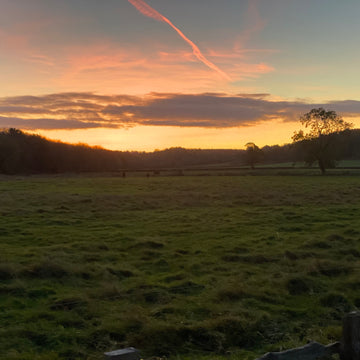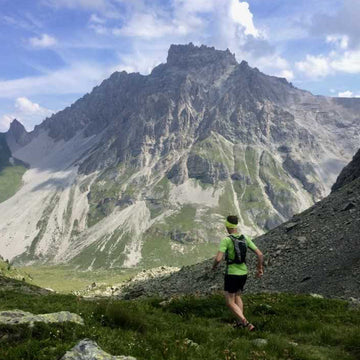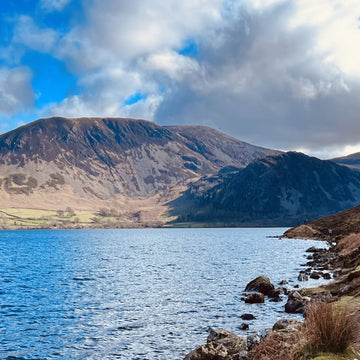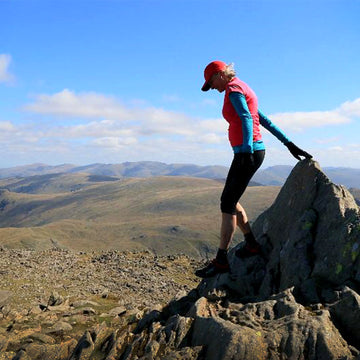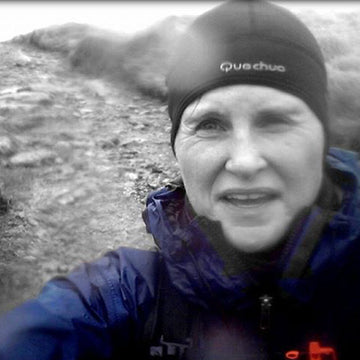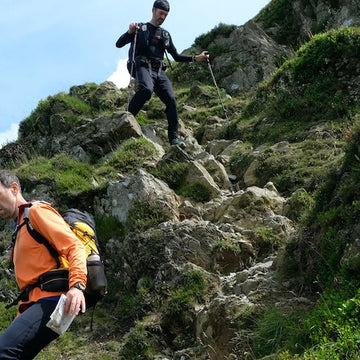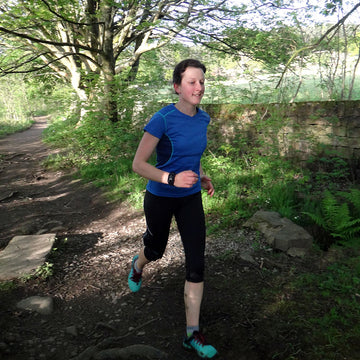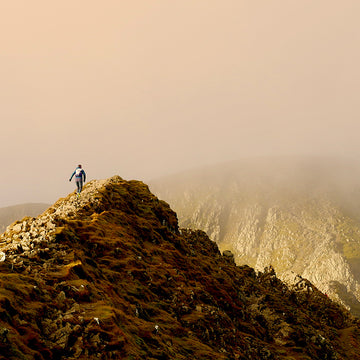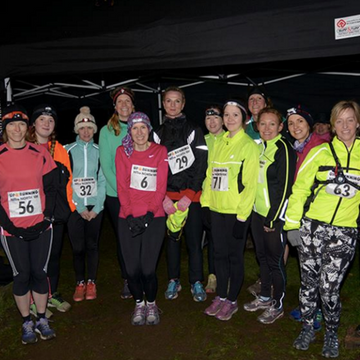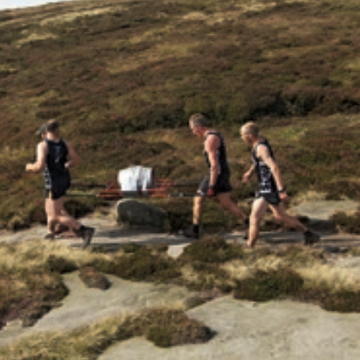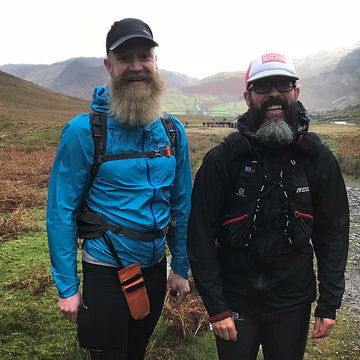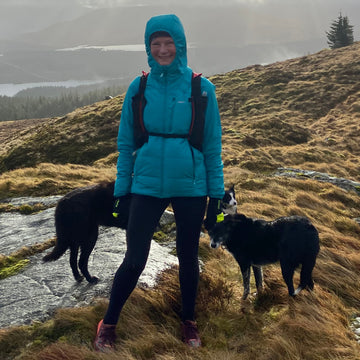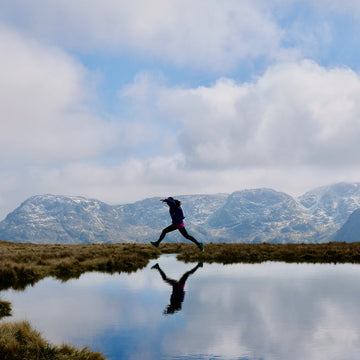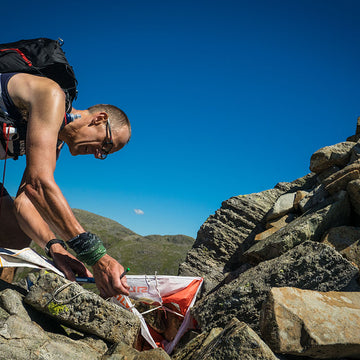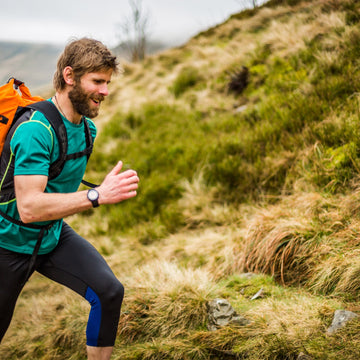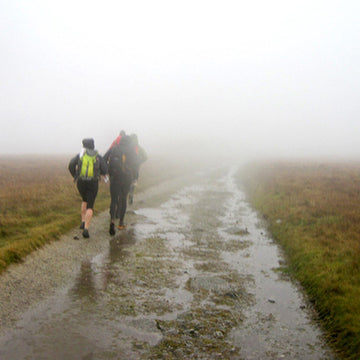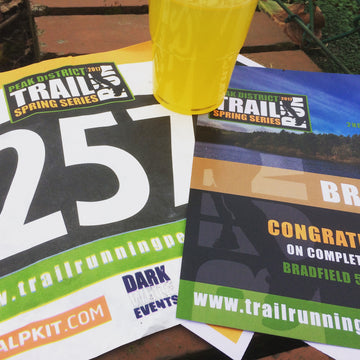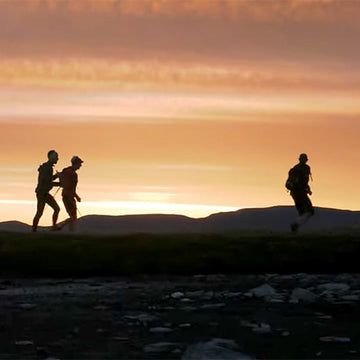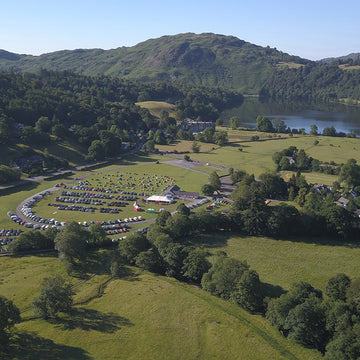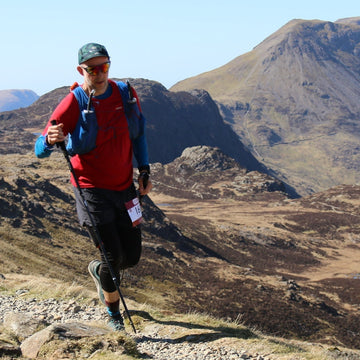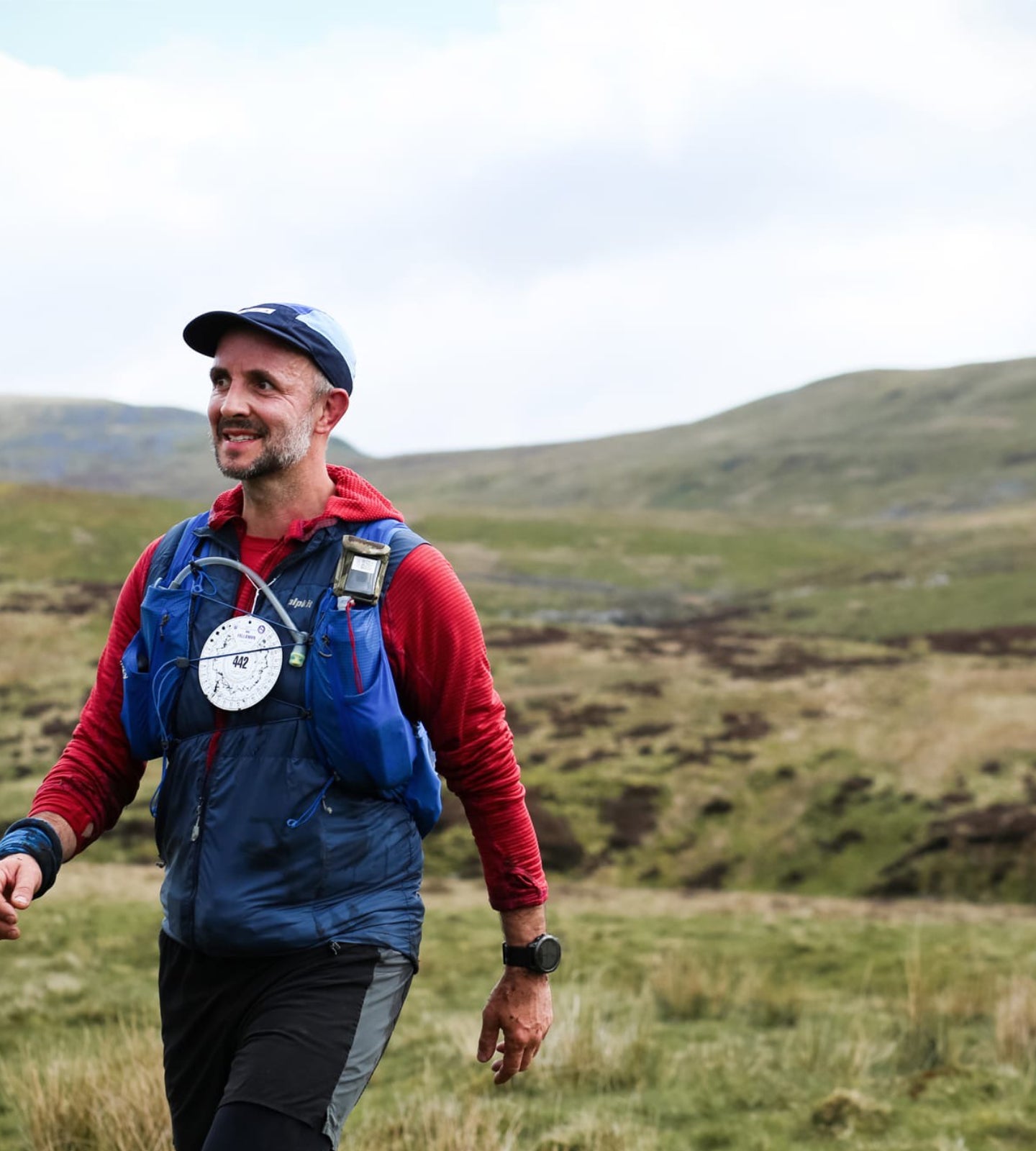
With a week to race day, I faced a sprained ankle and shin splints but registered for the Fellsman 24. Nearly 500 runners set off from Ingleton for the grueling 100km race through Yorkshire Dales' rugged terrain. Despite pain and cramps, I pushed on, tackling bogs, climbs, and descents, finishing in 18 hours.
Race week, only seven days to go and I was nursing a sprained left ankle after rolling it on a reccy run the week prior, this led to shin splints in my right leg due to overcompensating for my ankle injury. Not the best state to be in for what was going to be my most challenging run to date!
Registration was the day before, and after 5 days of rest, I decided that was it. I was doing it; the race was on my doorstep, and in the worst case, it was easy to get picked up if my injuries flared up too badly. I am beginning to wonder, are runners ever totally niggle free?
Kit checks complete and passed, got my tally. This is the iconic disc you wear around your neck that gets clicked at every checkpoint, also timing chip and number collected; ready to run tomorrow.

With the weather gods playing ball, it looked like the Fellsman 24 was going to be a mainly dry event. Lining up at the start in Ingleton, nearly 500 entrants were ready to start their adventure race. Some planned on being a lot faster than others, and there were talks of making the pub well before last orders.
GO! And just like that we were off, runners scattering like ants in all directions towards our first climb of the day; Ingleborough.
What also makes this event so unique is that you can create your own route. Other than a couple of sections, your aim is to get to the checkpoints the quickest way you can. There may be a shorter option, but it is not always the easiest you need to decide. Up and over Ingleborough and up Whernside, we were running on the pretty standard paths until the drop-off at the back of Whernside. This was the first taste of off-piste running over peat hags with no well-trodden path to follow; this was a good test for my shin and ankle early on, which, if the pain didn’t get any worse, would be manageable.
The pace was quick to start, with Ingleborough and Whernside ticked off; this soon slowed climbing up Gragareth, a super steep trod, boggy, lumpy, and energy-sapping or was that my starting pace? At the summit was a checkpoint; my tally was clicked and over to the next hilltop, Great Coum. This section is what the Fellsman is all about and why it has a reputation for being so tough. The ground was boggy, haggy and slow, making running at any pace difficult work constantly changing your running line.
The descent into Dent was techy, very rocky in places, boggy in others and just horrible to try and run on; with line options all over the hillside, runners were taking different ones, and it made you doubt whether your own choice was right, all part of the fun.
After around 3 ½ hours of running, my injuries were still niggling but added to them cramp reared its ugly face, which was unusual. I don’t usually suffer from cramps. Was the uneven ground surface not allowing you to run freely, the pace or the injuries and running differently?
Reaching Dent, this was the first real feed station and a chance to refuel and get some salts on board; at this point, I was having doubts about whether to go on; with being so close to home, it would be easy to get a lift.
The first four hours had been a real mental battle to keep going or call it a day. My experience from other endurance events told me that just keep moving, these thoughts and feelings would go. Eventually, they did, but it took a while! Leaving Dent with some proper food inside me, I was feeling more optimistic. Just crack on and keep going forward, running or walking.
Heading up Great Wold was a long pull over a boggy Blea Moor, down to Dent Station for another quick refuel of hot pasta, this time in a psychedelic Alice in Wonderland-themed stop. Was I hallucinating from exhaustion, or was this real? It real! Up Aryton Ghyll a little out and back up Great Knoutberry Hill. Wow, was this really halfway? 8 hours in, 47km run with nearly 2,600m of climbing done, a tough first half.
Keeping fuelled was so important. The terrain was brutal; the first 47km felt more like 80km. The extra effort needed on the trods, bogs, jumping peat hags, and the off-piste was punishing. With no thoughts of quitting now, I was focused on getting to the Fleet Moss checkpoint at about 60km. From there on, I knew the route well. Even though there was still a long way to go, I knew I could walk it.
Arriving at the Fleet Moss checkpoint, I devoured more food. The following section was a long tarmac downhill on the road. I thought this was going to be easy, even though the surface was hard. The impact on my shin and ankle from the running wasn’t good and aggravated both a lot. I needed to stop to take some paracetamol. Knowing there was a long climb to come, I was hoping this would give the tablets a chance to kick in and recover slightly.
The sun was now setting, and I could see the glorious Ingleborough in the distance from where we all started. It didn’t look that far away, but it felt like it was hours away! Well, it was now nearly twelve hours and still 30km to the finish.
Climbing up from Yockenthwaite over Chapel Moor, darkness had now set in, and the temperature had dropped. I was wearing four of the five long-sleeve layers we needed to pack, with my hat and my gloves. The mist was turning to fine rain as I reached Buckden Pike. This was the second to last climb; my pace was slow on the way up. My feet were sore, my ankle was numb, and my shin was throbbing; I just kept moving. At the summit, I now had all my layers on and my thick gloves; it was cold and raining with poor visibility due to the reflection of my head torch off the mist.
The descent off Buckden is a bog fest. It is iconic Fellsman terrain. How deep would it be? I caught a couple of runners headlights ahead who had taken a different track. I gambled and followed this, which avoided a good chunk of the deeper boggy sections, and I was through it fairly quickly. There seemed to be a lot of runners about now. Whether it was because of the dark, you could see them all easier. I wasn’t sure, but it was nice to know you had company out there. With the final checkpoint ahead, Park Rash, this was the last chance for a hot drink and some cake before the finish; I had a hot chocolate with marshmallows. It tasted like the best one I’d ever had.
On arriving at the checkpoint, a fellow runner had lost her tracker and wasn’t allowed to continue alone unless she was buddied up with someone from a safety point of view. She had sore legs, I had sore feet, and as long as she didn’t want to try to sprint to finish, I was happy for her to join me; she did.
Leaving Park Rash and spending the next few miles talking and catching up on each other’s Fellsman journey up until now, we were slightly distracted that the route I had taken up Great Whernside was a shorter and more direct option but super steep; we were having to use the wire fence beside us like runs on a ladder to pull ourselves up the grassy banking, the conversation soon stopped as lungs and legs were burning. Inside, I was doubting myself if this was the right way until I saw the shadow of a gate ahead in the now clear night sky. Phew. Reaching the gate and looking back down the landscape, you could see lines of headlights from all the runners behind coming up towards the gate from their chosen routes. From here, it was a steady hike to the final summit of Great Whernside, a chance to continue our early conversations.

Then it was all downhill to the finish at Threshfield, still 15km to go, but at least it was pointing down. The last notable feature was the bog of doom, a football pitch-sized bog to cross or go around, the fence line around which was longer and supposedly quicker and easier; we opted to start following the fence but soon found out this was just as boggy so took a gamble and headed across the bog. In the dark, this can be slightly unnerving with waist-deep or more bog out there waiting patiently for you to step into its abyss; luckily, we managed to cross with little drama. The odd fall and ankle-deep bog were all; we got lucky.
The last 5km was all road to the finish, with such a short distance to go after all the uneven ground and terrain, I struggled to get my legs really moving its was more of a stagger, limp, jog, to the finsh line for my final click on the tally and my first completed Fellsman.
Wow, 18 hours or so later, with nearly 100km covered and over 4000m of climbing, I had made it! What a route, what an adventure, what amazing scenery, and what a battle, both physical and mentally, the latter being the toughest.
Will I return injury-free for 2025 to try and better my time?
The Fellsman is one of the most iconic challenging events on the circuit with its formidable reputation, oozing charm and character building. Set over a stunning 100km but challenging, remote, rugged Yorkshire Dales fells, moorland and climate. The route is serviced by 25 hilltop and roadside checkpoints.
What did Stu carry in his race pack?
Stu cherrypicked extensively from ourtrail running clothing and equipment">range of trail running clothing and equipment:
Clothing
- Gravitas lightweight waterproof
- Halogen super lightweight down jacket
- Cloudburst waterproof trousers
- Griffon midlayer
- Vayper long sleeve baselayer
- Koulin baselayer shorts and pants
- Merino gloves liner
- Neckgaiter
Equipment
- Qark headtorch
- Carbon Marathon Ultra trekking poles
- Hunka bivvy bag
- Swiglet waterbottle
- Collapsing bowl
- Sunglasses

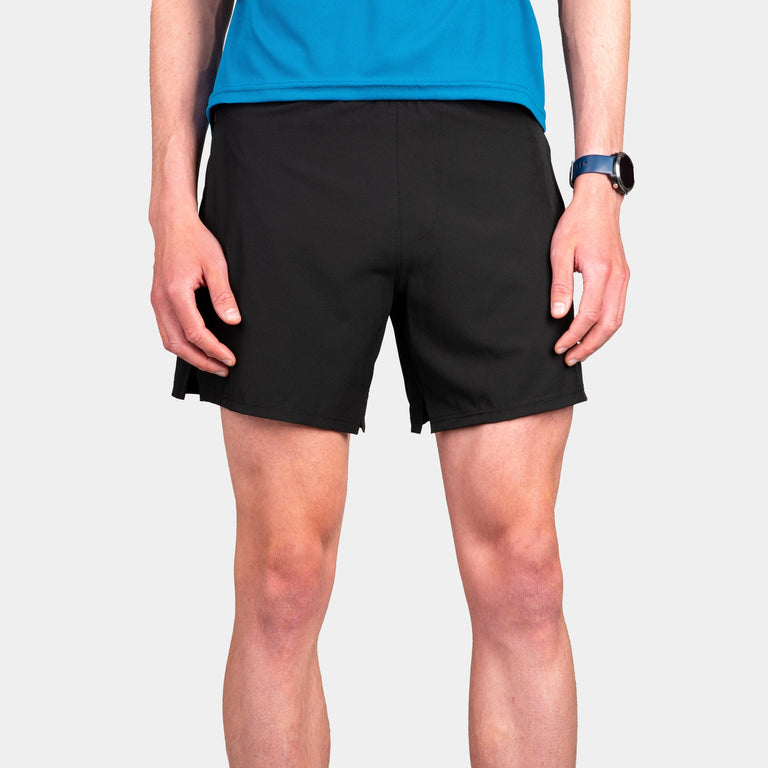
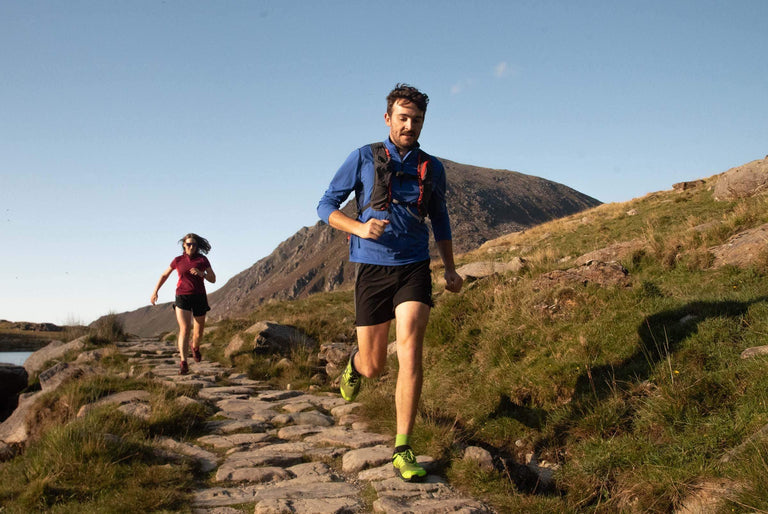

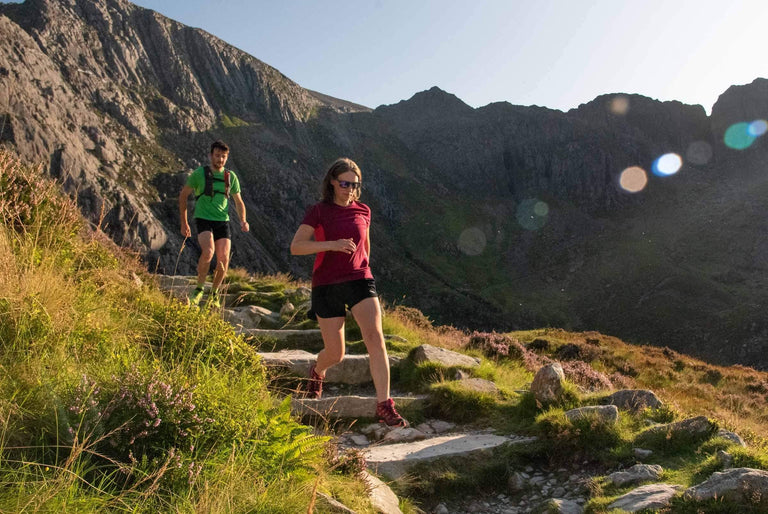
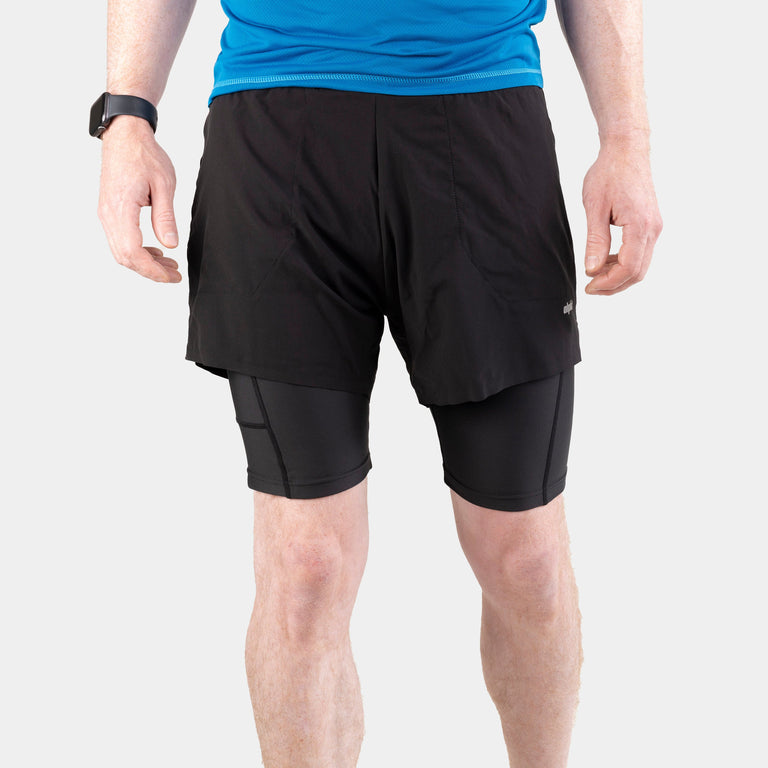



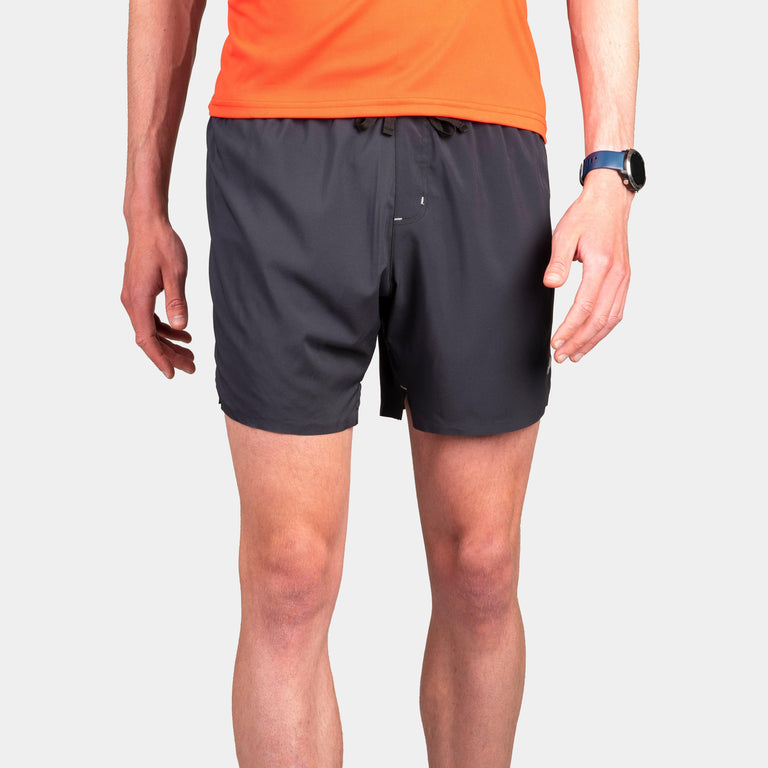
![Vayper Short 6 [Mens]](http://alpkit.com/cdn/shop/files/VAYPER_MENS_TENERIFE_005312__4000px_533bc924-d067-4d39-a146-d80f1ae20554.jpg?v=1695900862&width=768)

![Vayper Short 5 [Womens]](http://alpkit.com/cdn/shop/files/VAYPER_WOMENS_TENERIFE_004825__4000px_d8e2adcc-be0e-4ef5-9c7f-14a502f85f2b.jpg?v=1695908657&width=768)

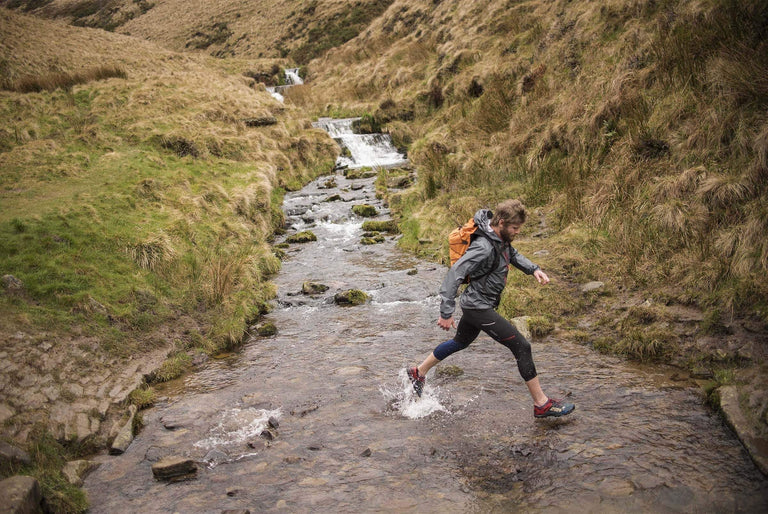
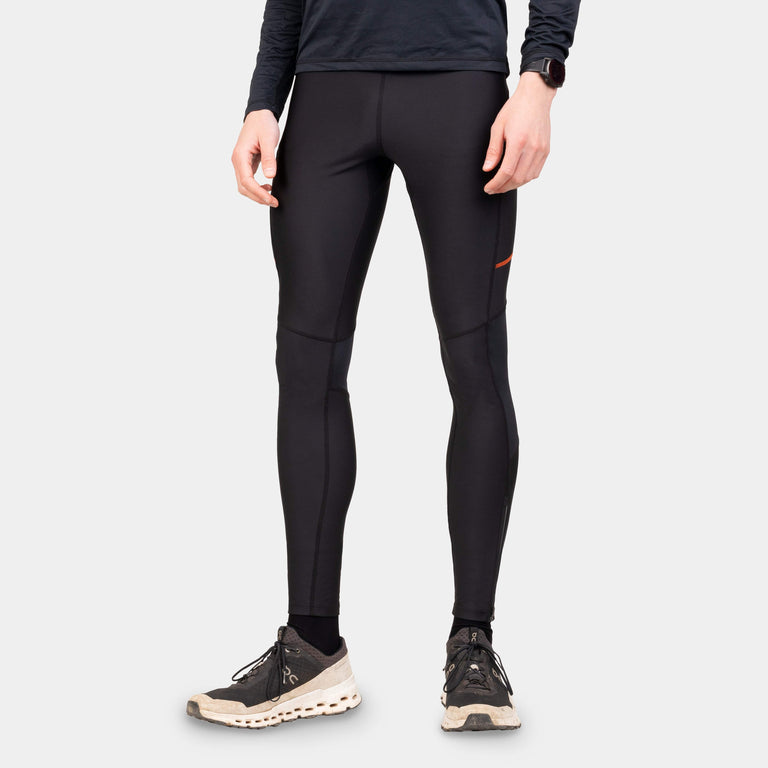
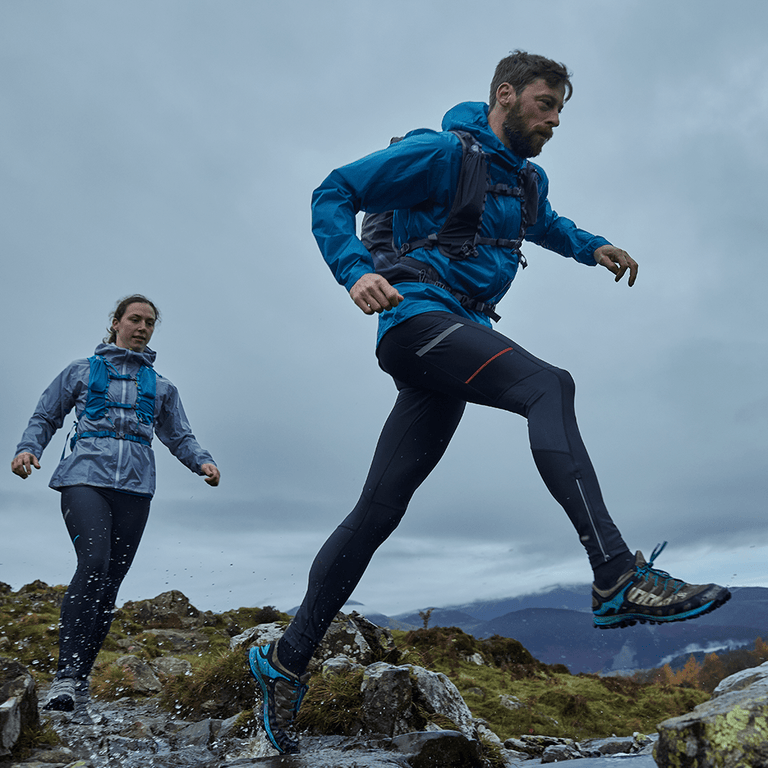

![Koulin Trail 3/4 Tights [Womens]](http://alpkit.com/cdn/shop/files/Running_C3_001637_1.jpg?v=1762197763&width=768)
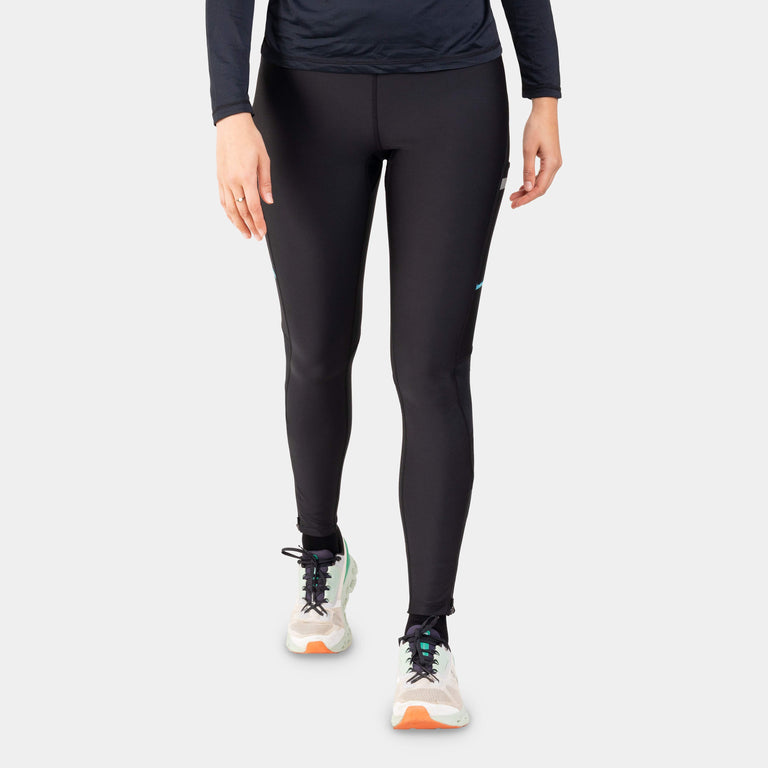
![Koulin Trail Tights [Womens]](http://alpkit.com/cdn/shop/files/RUN_AW24_Chamonix_0695_1.jpg?v=1762197763&width=768)

![Mello Tight [Womens]](http://alpkit.com/cdn/shop/files/OUTPOST-14_SS23_MALAGA_RUN_Card_2_001009__1.jpg?v=1764159970&width=768)
![Mello Long Short [Womens]](http://alpkit.com/cdn/shop/files/womens-mello-long.jpg?v=1764159906&width=768)
![Mello Long Short [Womens]](http://alpkit.com/cdn/shop/files/womens-mello-long-short-1.jpg?v=1764159906&width=768)
